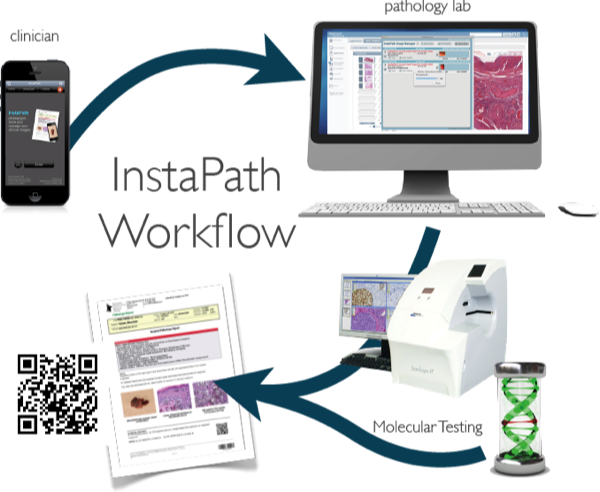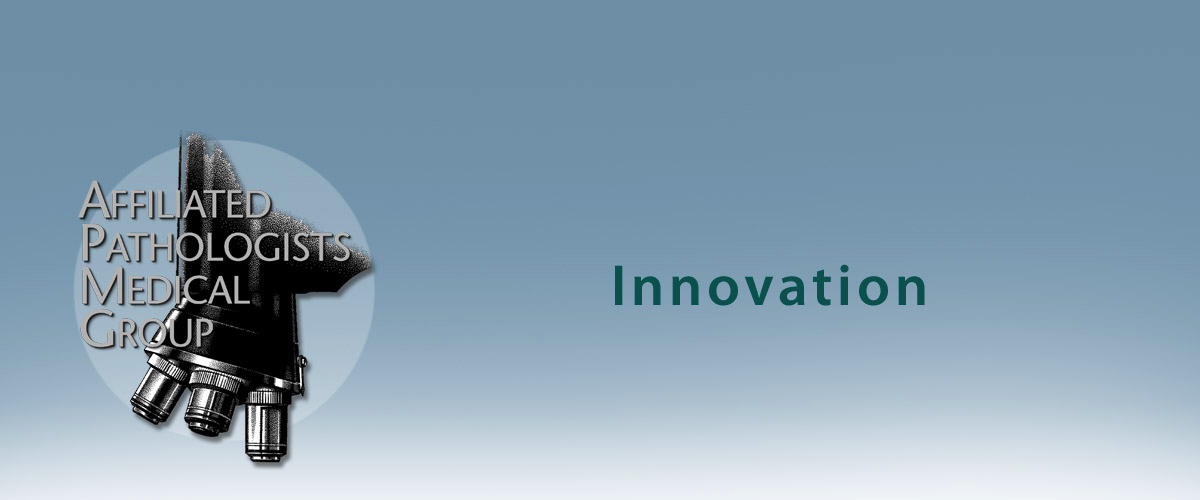iPad and iPhone Apps

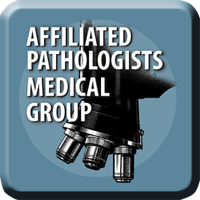
i-APMG
It was inevitable. With billions of apps available in the Apple, Android, and Amazon App stores, it was just a matter of time before Affiliated Pathlogists Medical Group came up with one to call our own.
The i-APMG app was developed by a member of APMG and fills an important need. As our pathology group has expanded, the need to communicate and exchange information is even more critical. This app provides a one-stop source for schedules, contact information, CME and PTO tracking, annual performance reviews, and a list of outside pathology consultants, rated as to effectiveness, timeliness, and willingness to third party bill.
The app can also be used to track projects and due dates for medical licensure as well as CPT coding. It really is a swiss-army knife of practice information.
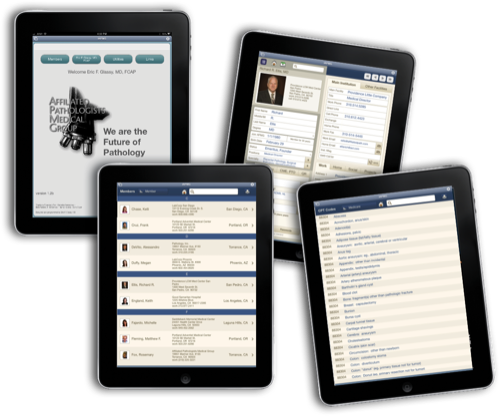
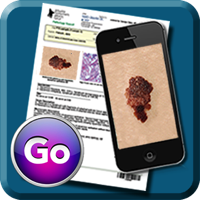
InstaPath
APMG’s second App is called InstaPath. The program again runs on iOS devices. It makes it easy for a clinician to send images to a pathology lab for incorporation into a surgical pathology report. It’s most obvious use is in dermatology and podiatry but any image taken with an iPhone or iPad can be used.
The initial concept was conceived in 1998. At the time, Sony had just began to market a new Mavica digital camera that saved images to a floppy disk. The camera also took excellent macro images. Our idea was to have dermatologists photograph the gross lesions, saving them to the floppy disk. The disk would be labeled with patient info and dropped into the specimen bag along with the biopsy and requisition slip. The in vivo image would be incorporated into our “ePath” reports.
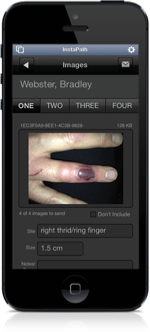
Fast forward to 2013. Digital cameras have improved dramatically and floppy disks have given way to solid state memory chips. We now have newer viewing devices such as the iPhone and iPad. This ecosystem presents an entirely new dynamic but the basic concept remains the same: getting a clinical office photo into a surgical pathology report.
The new paradigm is an APP and it runs on iOS devices. As shown below, the clinican captures a still image of the lesion, links the image to a laboratory requisition, and then sends the encrypted patient information via email to APMG for inclusion in the final pathology report.
